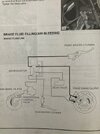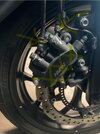750dct
Active Member
- Joined
- Feb 10, 2022
- Messages
- 335
- Reaction score
- 137
- Points
- 43
- Location
- Mount Shasta, California
Both brakes work together? Just the ABS part? Using the rear applies the front? Vice versa?...........What?
2021 and later.
2021 and later.
Last edited:




